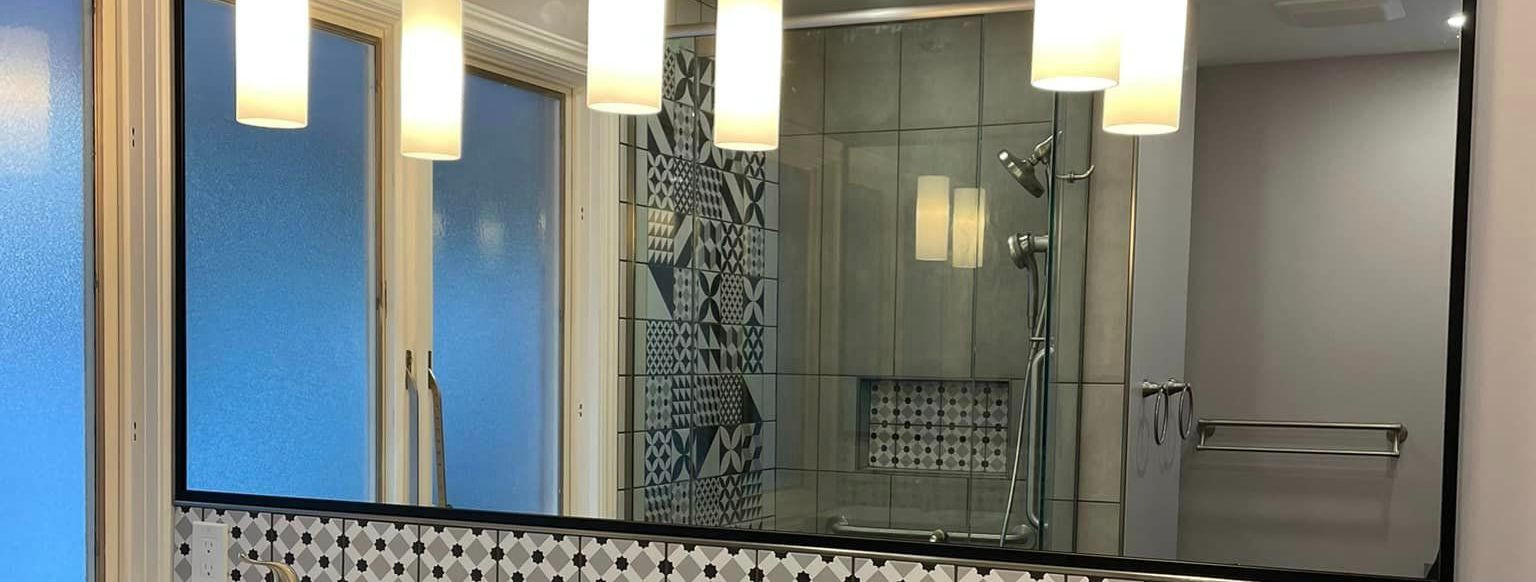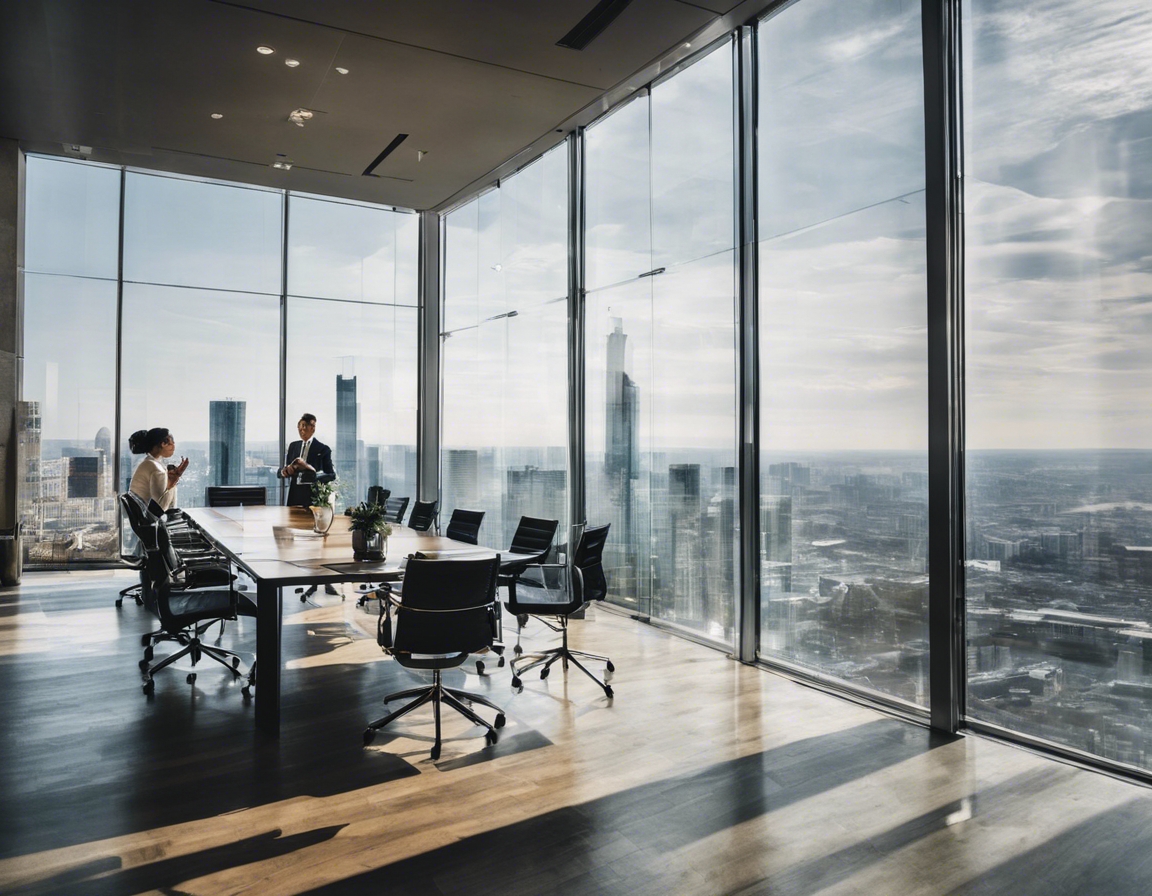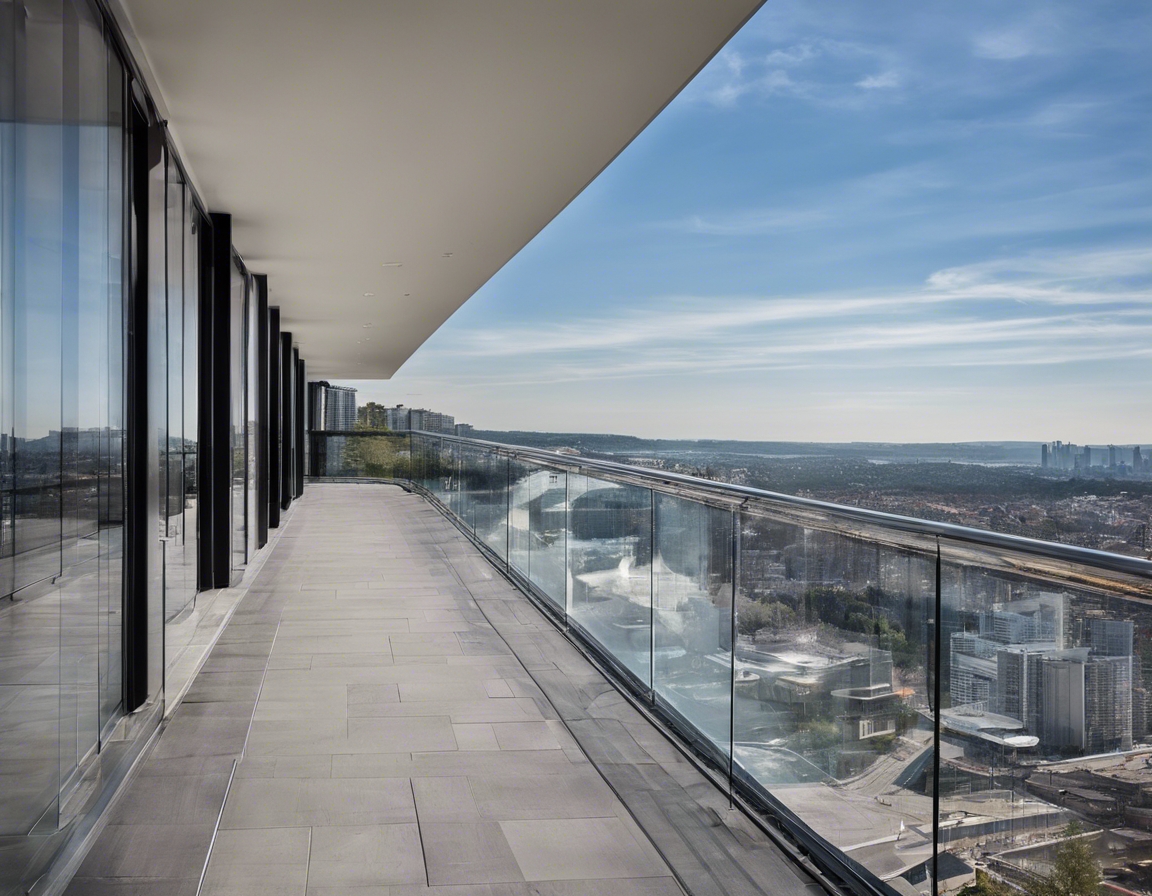Eco-friendly glass: balancing aesthetics and energy efficiency
Eco-friendly glass, also known as sustainable or green glass, refers to glass products designed to minimize their environmental impact throughout their lifecycle. This includes the way they are produced, their efficiency in use, and their capacity for recycling or safe disposal. The importance of eco-friendly glass stems from the growing awareness of environmental issues and the construction industry's significant role in energy consumption and carbon emissions.
The glass industry has seen a surge in demand for products that not only meet aesthetic requirements but also adhere to stringent environmental standards. Innovations such as low-emissivity coatings, solar control glass, and thermally efficient glazing are at the forefront of this trend.
The Aesthetics of Eco-Friendly Glass
Modern eco-friendly glass offers a plethora of design possibilities, allowing architects and designers to create stunning visual effects without compromising on environmental considerations. From large, uninterrupted panes that maximize natural light to colored and textured options, the aesthetic potential is vast.
Customization is key for our clients, and eco-friendly glass can be tailored to specific design needs. Whether it's for a unique home feature, a corporate building facade, or a vehicle, the ability to personalize glass is a significant advantage.
Energy Efficiency: The Core of Eco-Friendly Glass
Technological advancements have led to the development of highly energy-efficient glass. Innovations such as double and triple glazing, inert gas fills, and advanced framing materials work together to reduce heat transfer, thereby lowering energy costs and enhancing comfort.
Energy-efficient glass is not just beneficial for the environment; it also offers tangible benefits for the end-user. These include reduced energy bills, improved indoor climate control, and a decrease in the carbon footprint of buildings and vehicles.
Materials and Production: The Eco-Friendly Approach
The choice of materials is crucial in the production of eco-friendly glass. Manufacturers are increasingly using recycled glass and sourcing raw materials responsibly to reduce the environmental impact.
Advancements in manufacturing technology have enabled producers to significantly reduce waste and energy consumption. Processes such as electric melting and the use of renewable energy sources are becoming more common in the industry.
Installation and Maintenance: Ensuring Longevity
Proper installation is essential for maximizing the performance of eco-friendly glass. Professional installation ensures that the glass is fitted correctly, which is vital for its energy efficiency and longevity.
Eco-friendly glass is designed to be low maintenance and durable, resisting wear and tear while retaining its energy-efficient properties over time.
Regulations and Certifications
There are various building codes and energy standards that eco-friendly glass must comply with. These regulations are designed to ensure that products contribute to the energy efficiency of buildings and meet sustainability goals.
Certifications such as the Leadership in Energy and Environmental Design (LEED) and the ENERGY STAR label are important indicators of the eco-friendliness of glass products. They provide assurance to consumers that the products they are purchasing are truly sustainable.
Cost-Benefit Analysis of Eco-Friendly Glass
While the initial investment in eco-friendly glass may be higher than traditional options, the long-term savings in energy costs and the positive environmental impact make it a wise choice. Additionally, eco-friendly glass can contribute to higher property values and appeal to environmentally conscious buyers.
The market demand for eco-friendly and energy-efficient buildings is on the rise. This trend is reflected in the increasing resale value of properties that incorporate sustainable materials and technologies, including eco-friendly glass.






Comments (0)